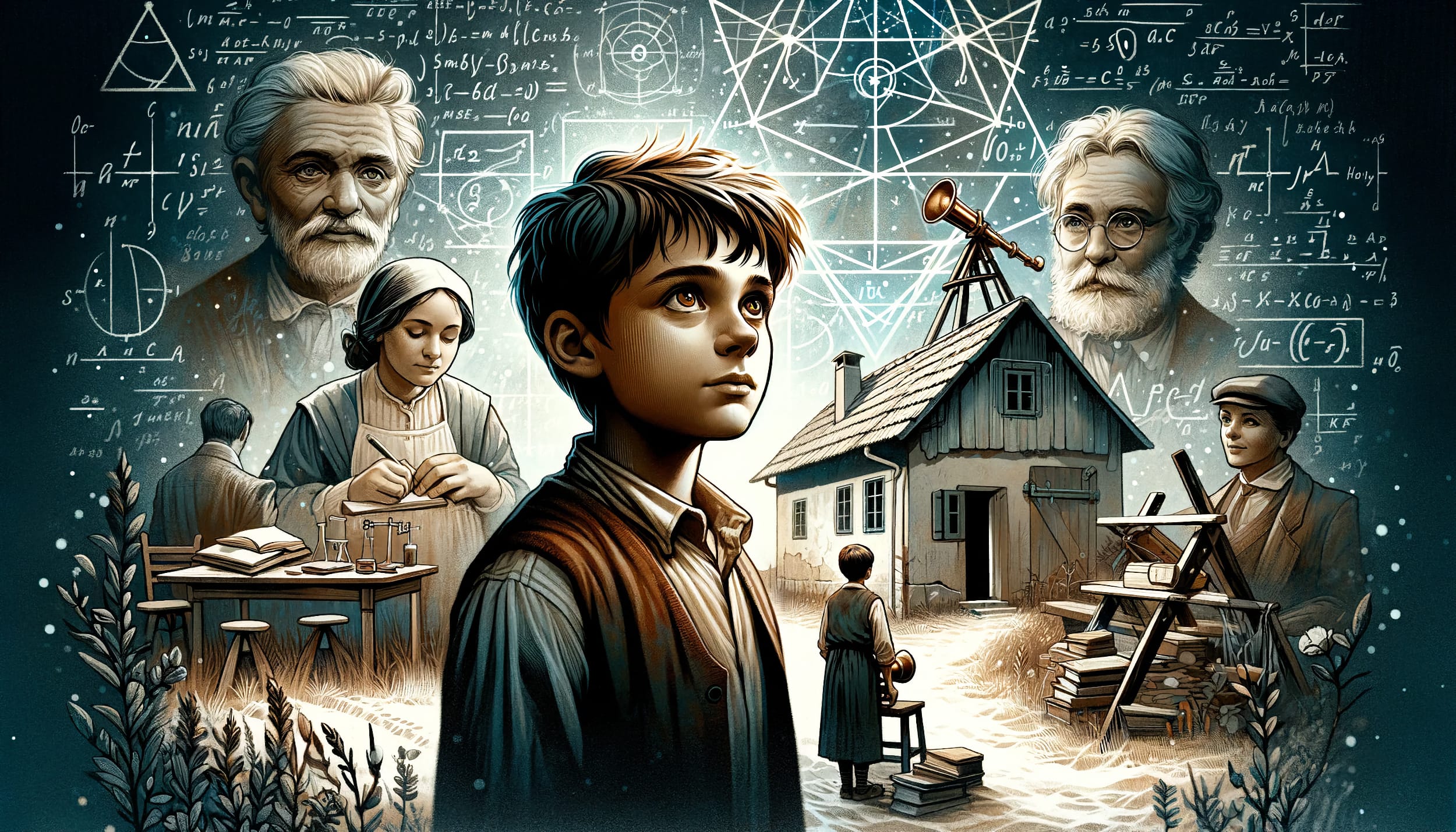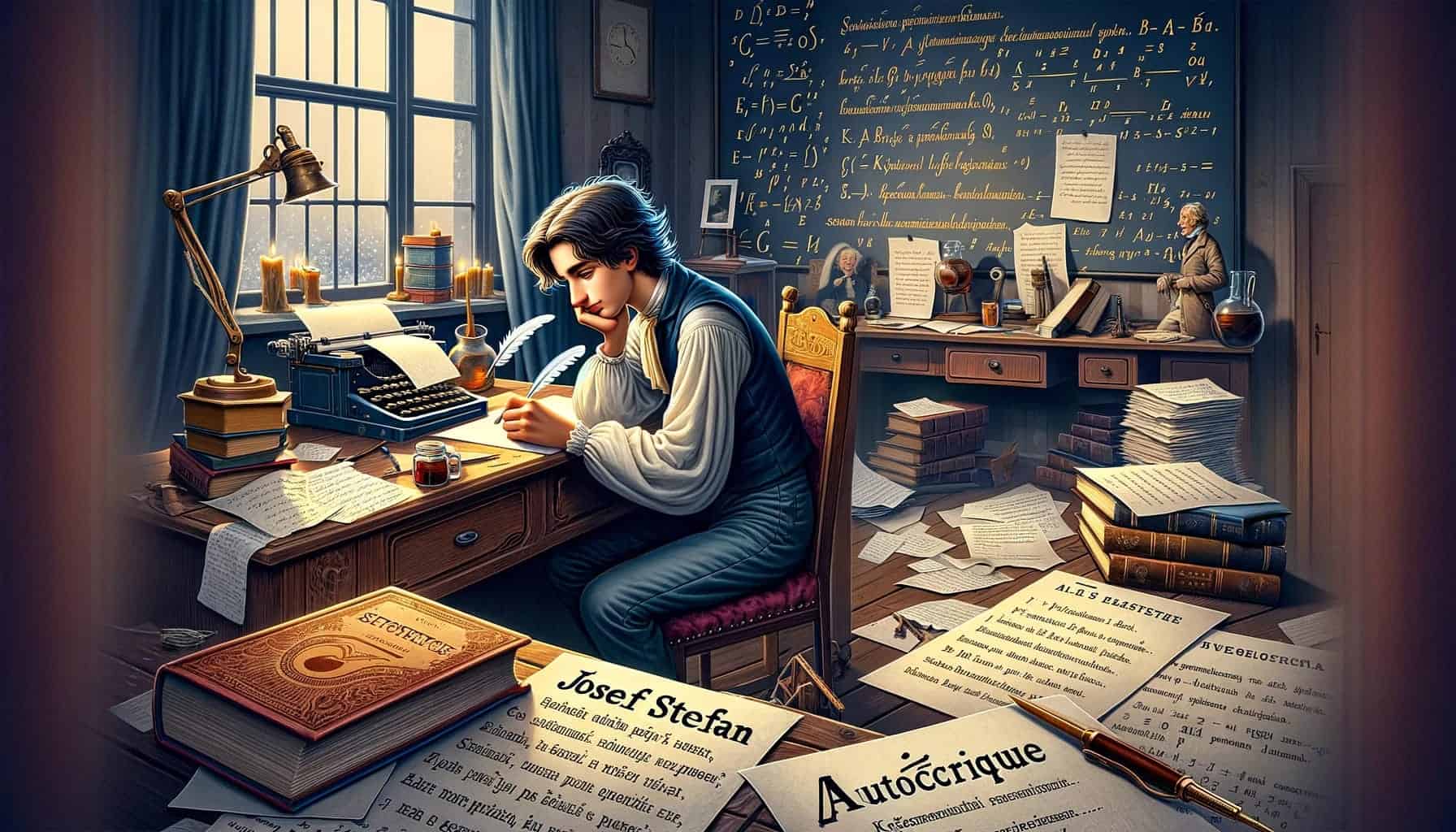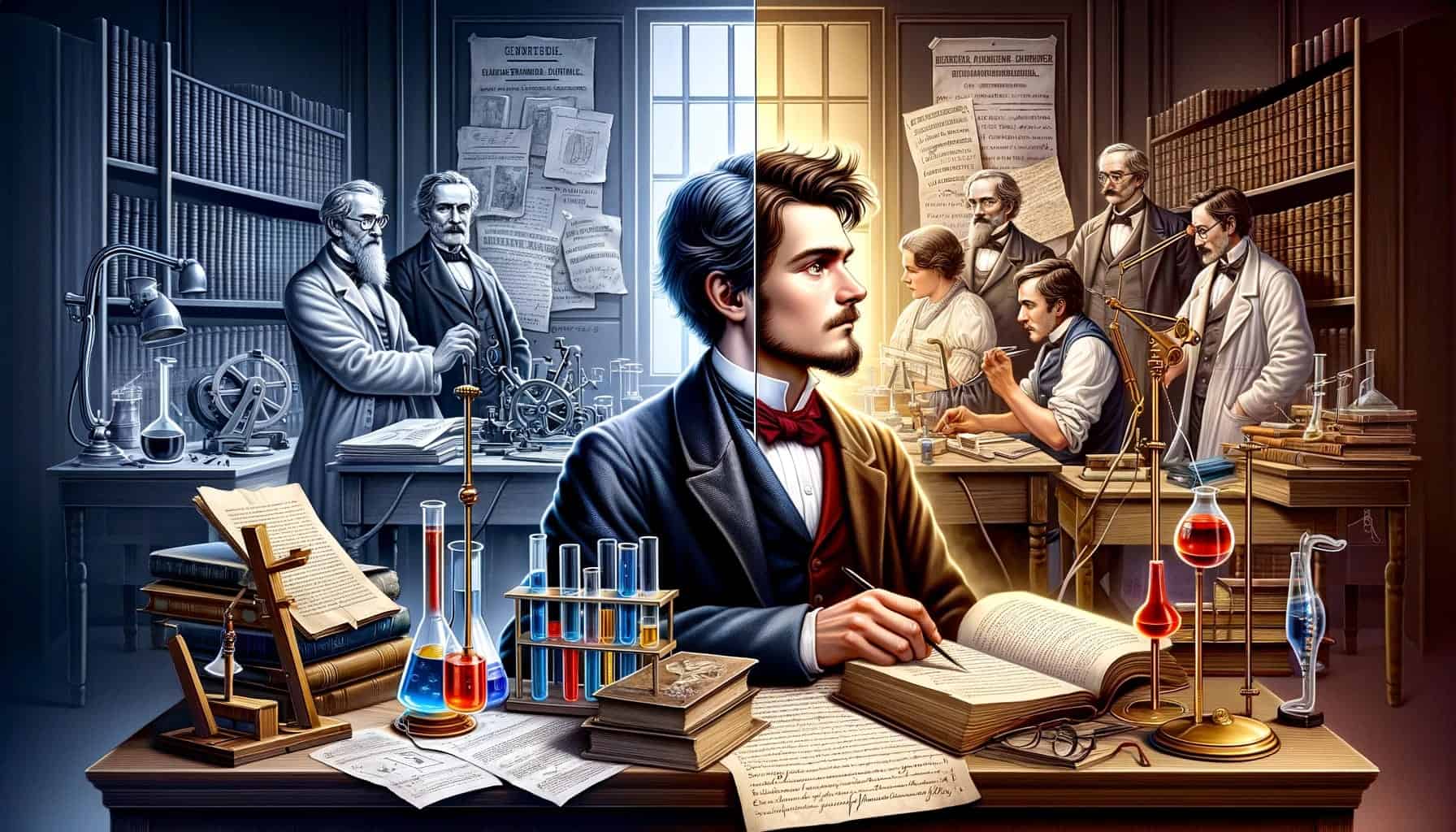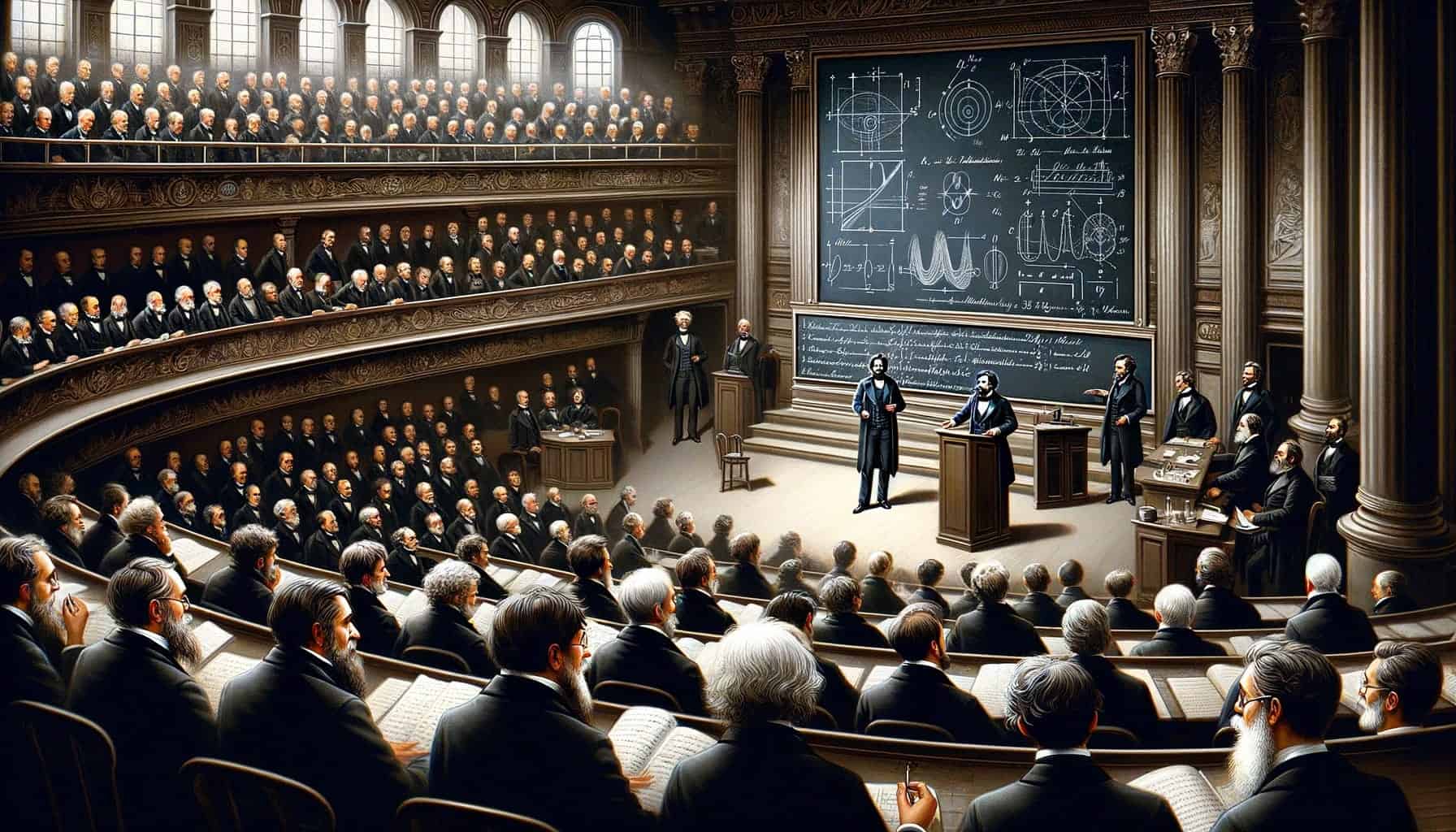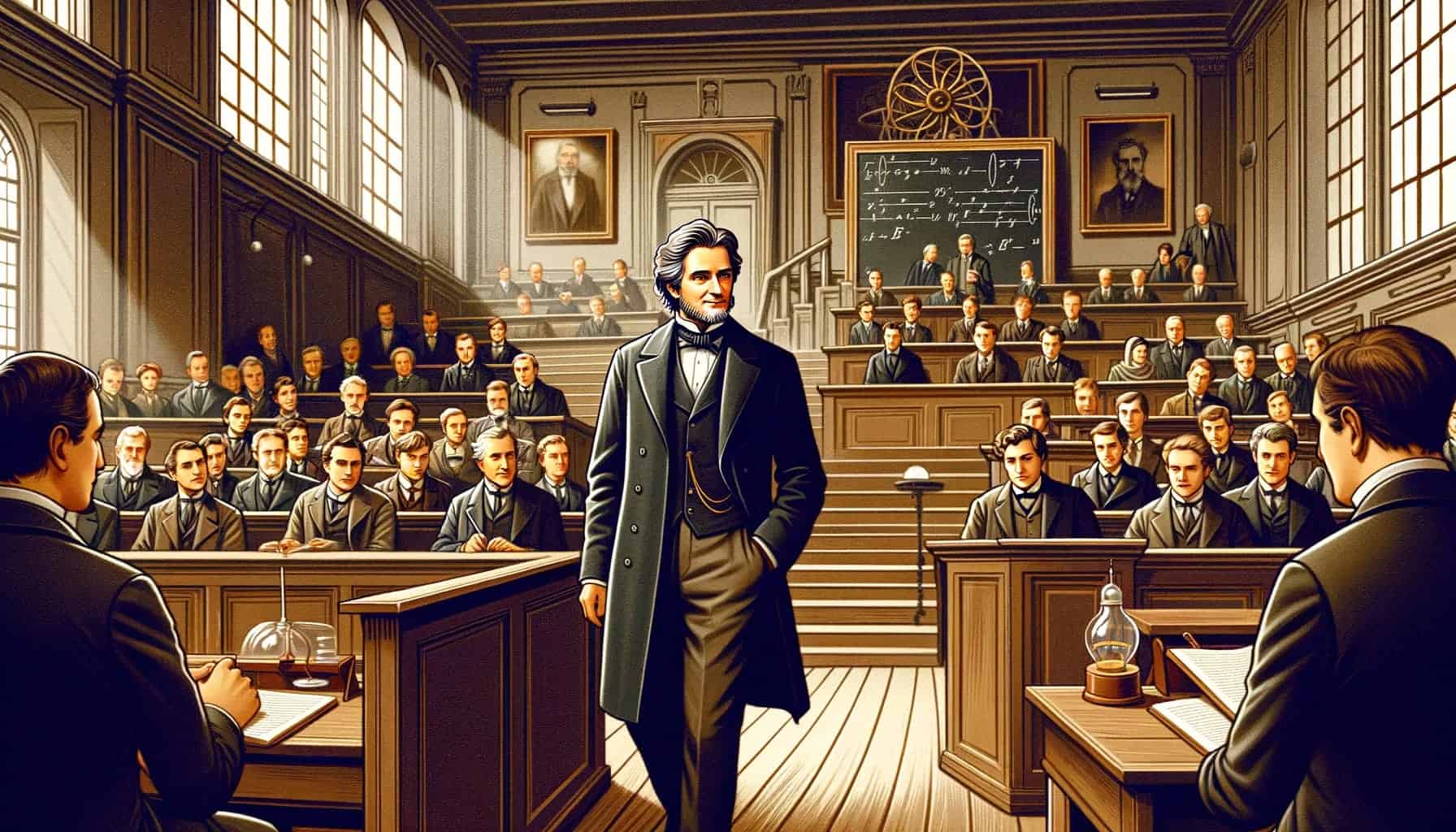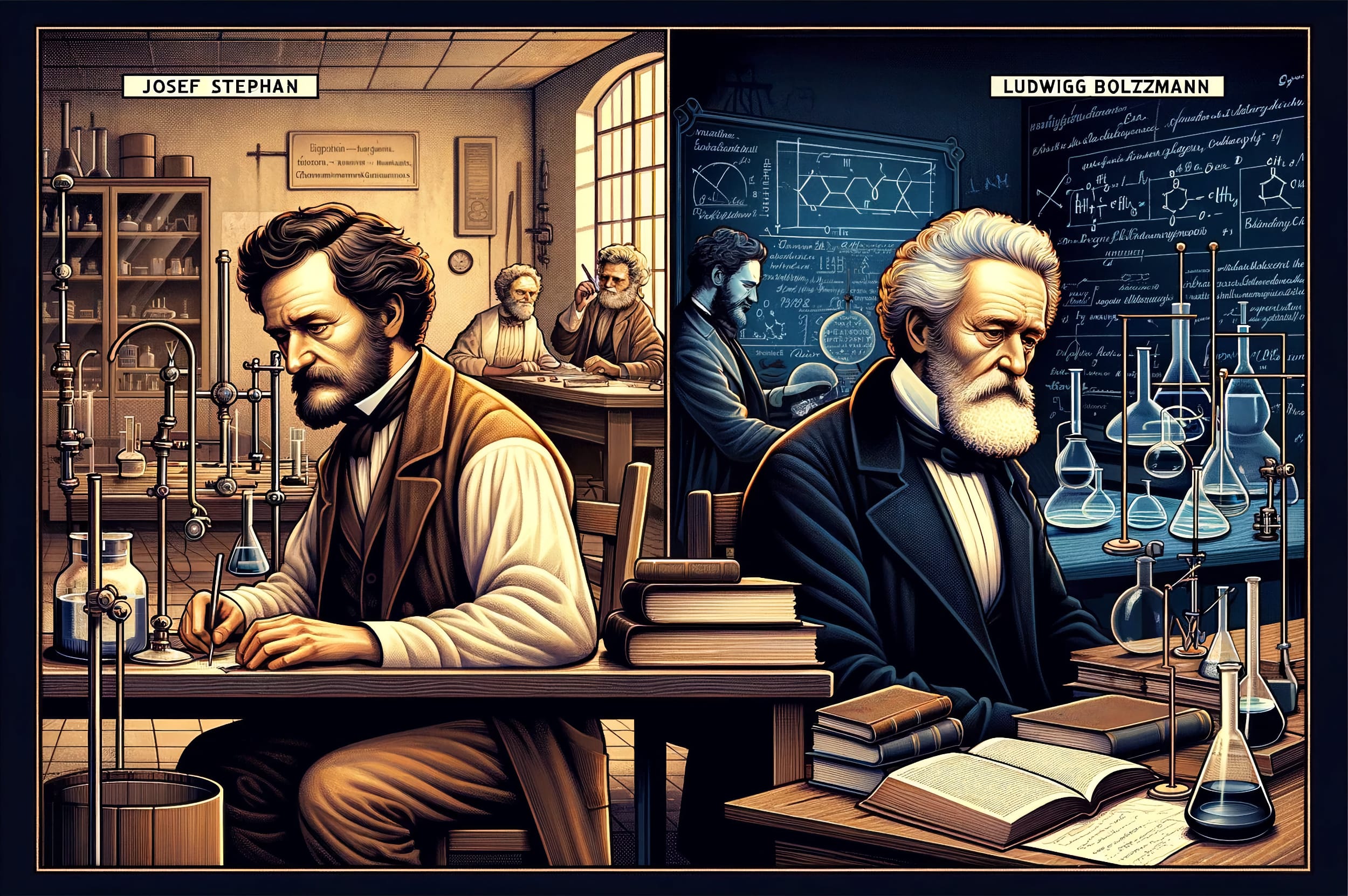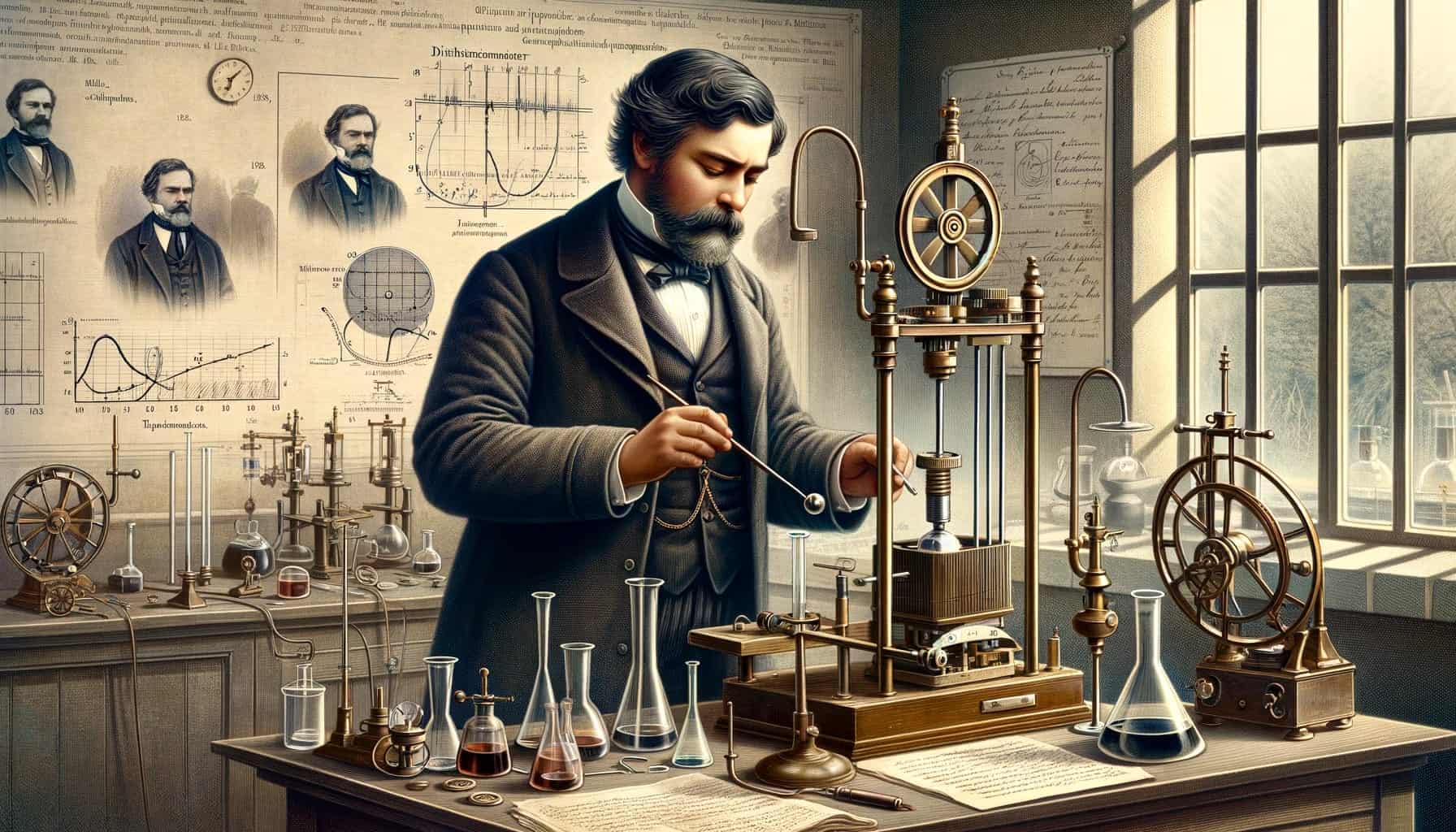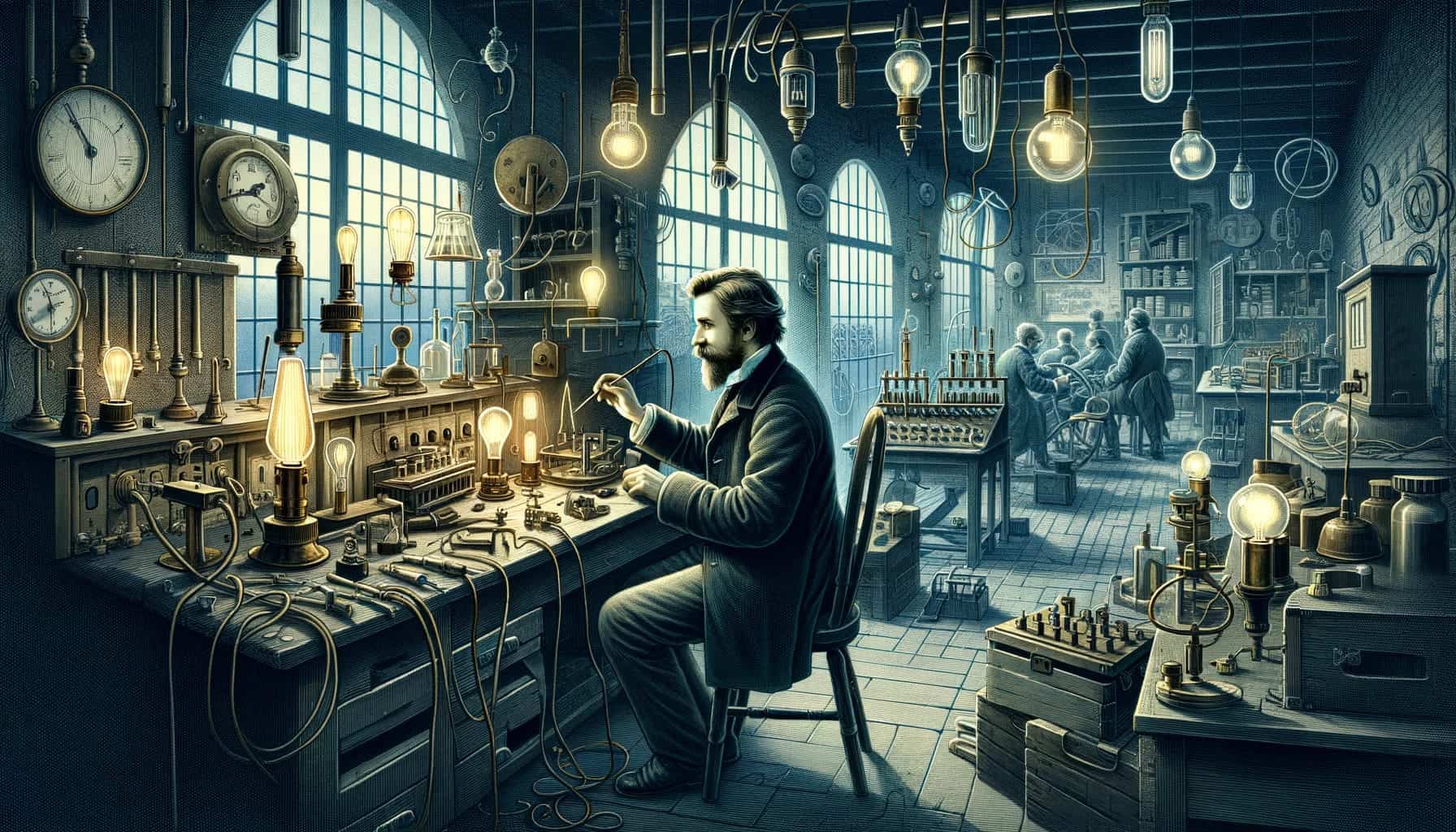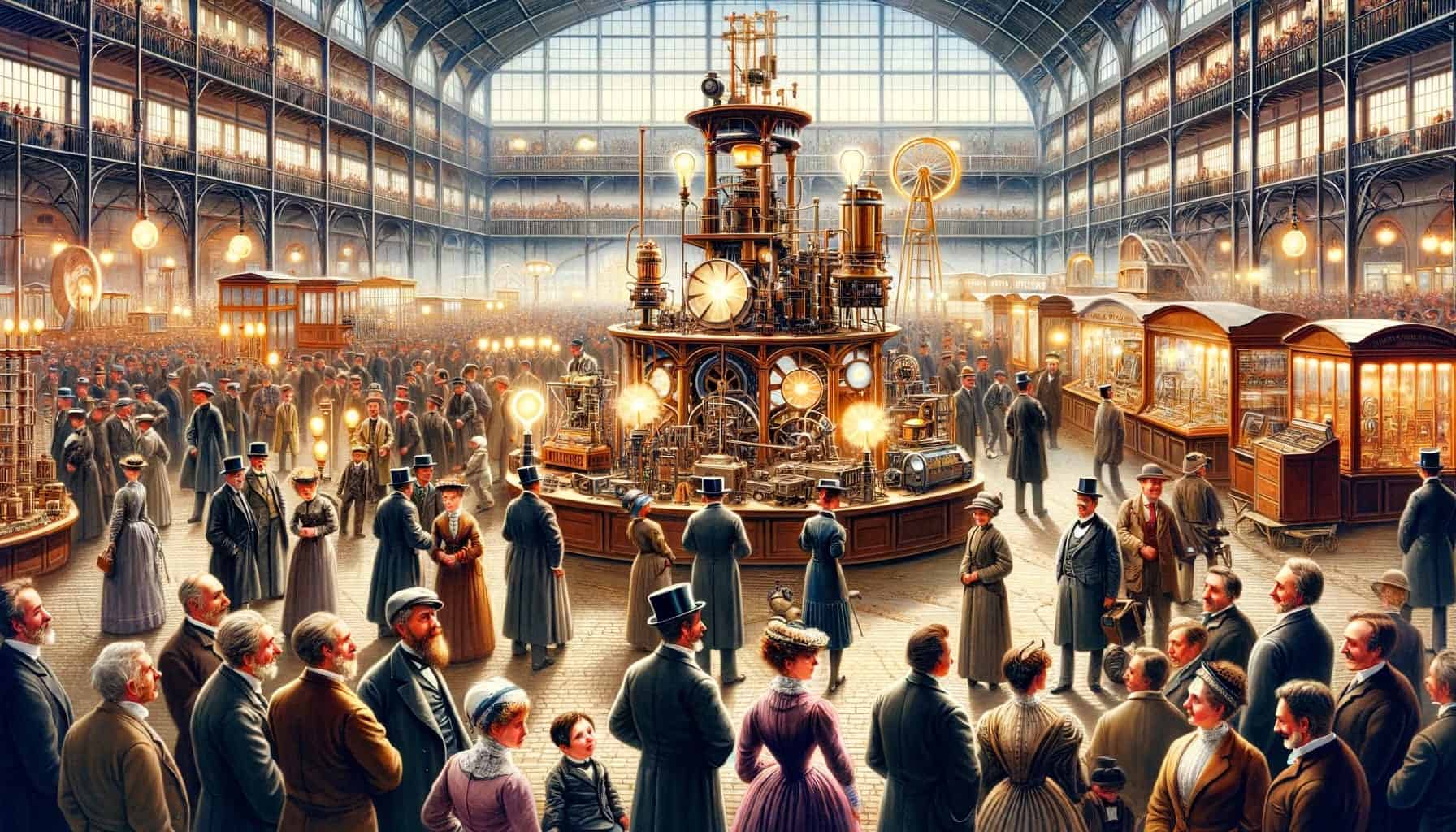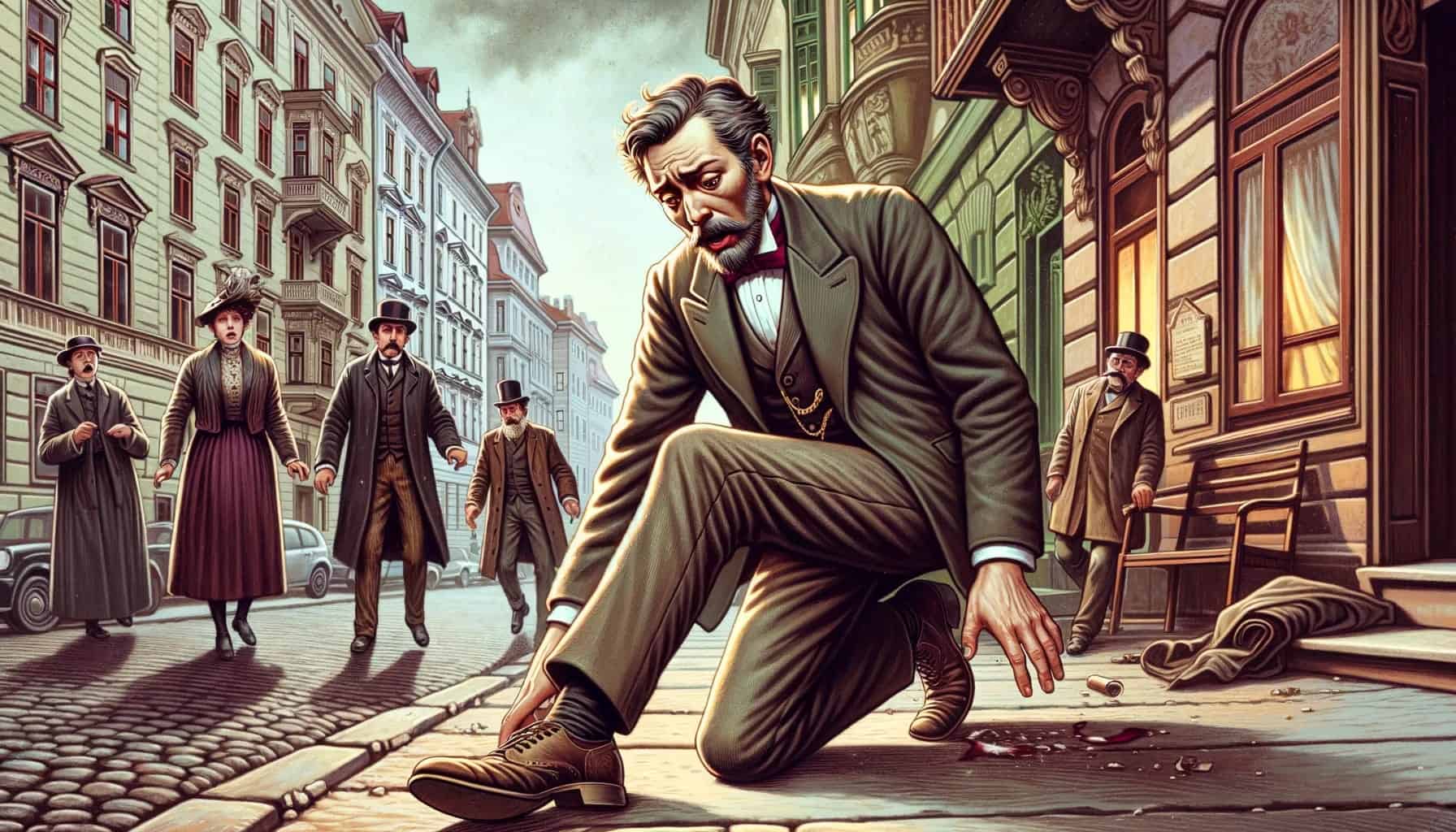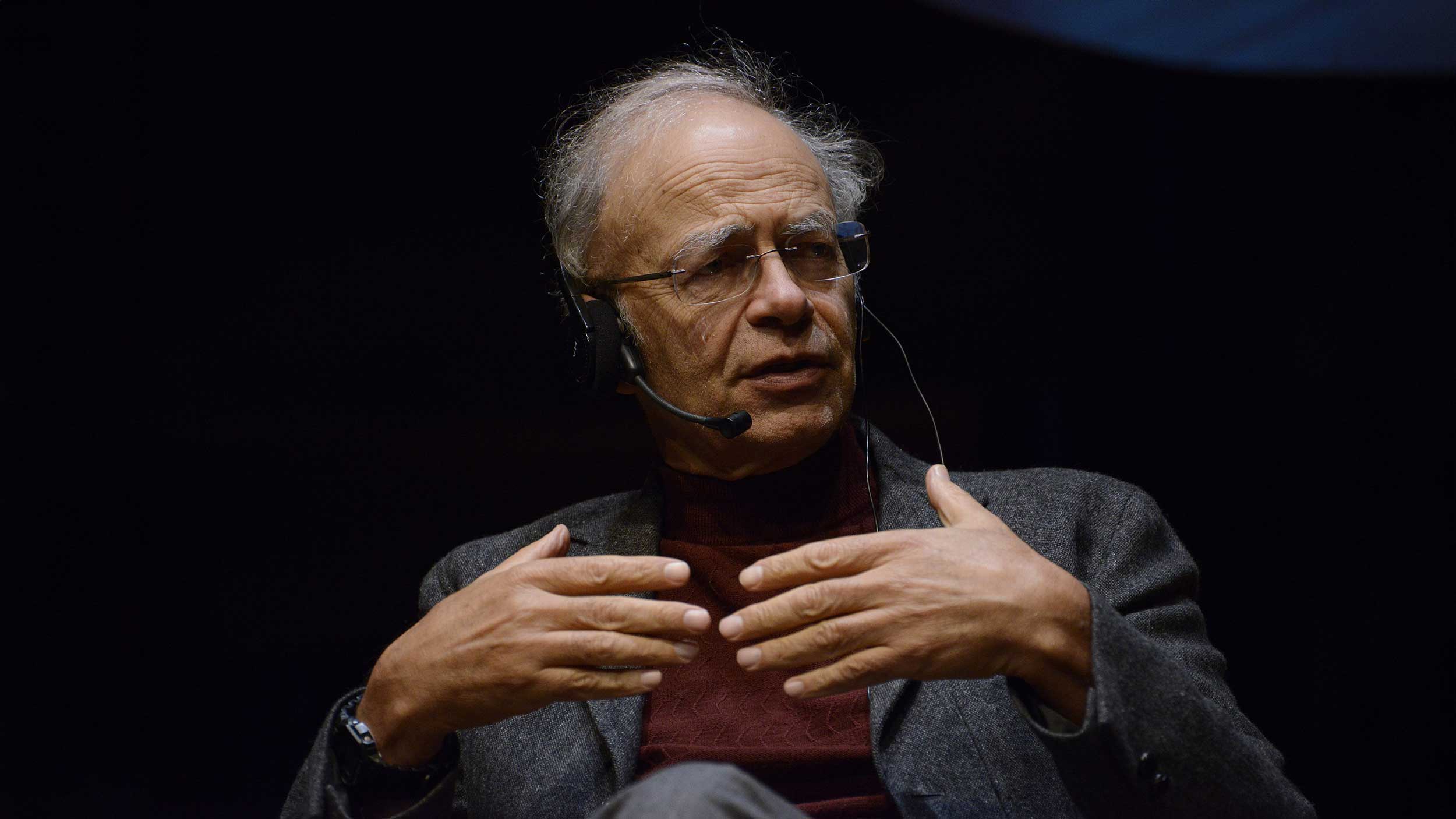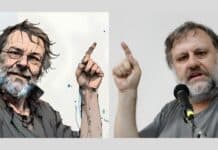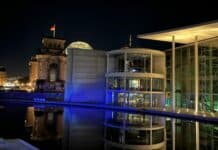- The child of illiterate parents
- A journey from poetry to science
- From humble beginnings to scientific acclaim
- Scientist, educator, and administrator
- The unique relationship between Stefan and Boltzmann
- The golden age of physics at the University of Vienna
- Impact on the development of electrotechnology in the 19th century
- Scientist, family man, and national figure
While we often use terms like “algorithm,” “dolomite,” and “pasteurization” in our daily lives, we rarely consider the brilliant minds behind these words. These terms are more than just scientific jargon; they are tributes to great scientists. Similarly, in the world of science and engineering education, concepts like Stefan–Boltzmann law and Stefan-Boltzmann constant are widely taught. Yet, intriguingly, even among the educators, few are familiar with the story of the scholar who was once hailed as one of the Austrian Empire’s most distinguished scientists. His name has survived in textbooks, but the rich details of his contributions and life often remain unexplored.
The child of illiterate parents
Born on March 24, 1835, in the village of St. Peter near Klagenfurt, Josef Stefan’s story is a remarkable tale of triumph over adversity. His parents, poor, illiterate, and unmarried, provided a humble beginning for a boy who would grow into a scientific luminary. His mother, Marija Startinik, was only 19 years old and worked as a maid when Josef was born, while his father, Aleš Stefan, assisted in a mill.
From a young age, Josef exhibited exceptional learning abilities. Yet, his childhood was not just about nurturing his intellect; it involved strenuous physical labor. He often carried heavy sacks of flour for his father, which led to a slightly drooped shoulder in his later years. The simplicity of his early life extended to his diet, as he recalled in his first public German article in 1857 for the Klagenfurter Zeitung, when he reported on the agricultural and forestry exhibition in Vienna.
As a bright child, Josef Stefan was eager to continue his education beyond the four years of primary school. However, being an illegitimate child initially barred him from attending high school.
Fortuitously, his father’s circumstances improved over time. He managed to open his own bakery in Klagenfurt, which significantly altered the family’s fortunes. In 1844, his parents were able to marry, paving the way for Josef to further his education. Following his parents’ marriage, Josef adopted his father’s surname, Stefan, or Štefan in Slovene.
Throughout his life, Josef maintained a deep connection with his roots in Carinthia. Every summer, he returned home for extended periods. He would wander the hills and dedicate much of his energy to teaching his illiterate parents how to read and write.
A journey from poetry to science
Following the tumultuous year of 1848, Austria underwent a significant reform in its education system. The previously separate six-year gymnasium and two-year lyceum merged into an eight-year gymnasium. This reform introduced Slovenian as a standalone subject in the curriculum. For Slovenian students, it became mandatory, while it was optional for German students.
In Klagenfurt, Slovenian was taught by Anton Janežič, who initially was only permitted to teach without receiving payment for his work. Among his first students was Josef Stefan, who excelled in the course. His teacher described him as a “native Slovene, attending the course for the third year, with an exact knowledge of literature, tasteful writing skills, combined with commendable understanding of Illyrian and Old Slovene.”
As a teenager, Josef began publishing poems and various writings in Slovenian, touching upon romantic, patriotic, and scientific themes. However, his work did not receive a warm reception in the Slovenian cultural community. Stefan confronted his literary talent head-on in a poem titled “Autocritique,” where he humorously questioned his poetic pursuits as a mathematician: “What on earth on Parnassus / does a mathematician do… / It’s clear to see, he’s only used / to x and y, nothing new.”
But from today’s perspective, his writings on popular science are much more interesting than his youthful poems. For instance, in a 1855 article for the magazine “Šolski Prijatel,” he explained why the sky is blue and incidentally mentioned rainbows: “Sunlight is white and composed of various colored lights. It consists of the colors we see when a rainbow, or ‘God’s throne’, stretches across the sky. It has the same hues as those seen when looking through triangular glass.”
Stefan’s approachable scientific articles could have greatly enriched the modest selection of Slovenian literature in the mid-19th century. However, some influential local intellectuals were not entirely enthusiastic about technical writing. Fran Levstik, for example, believed that Slovenians were not yet ready for complex articles on science. He argued that the nation first needed to be educated and drawn to books through stories before being introduced to the achievements of natural science.
In a polemical article from 1859, reacting to a piece by medical student Valentin Janežič titled “The Needs of Slovenians in Natural Sciences,” Fran Levstik humorously critiqued attempts to burden the then-uneducated Slovenians with natural science: “Before concluding, let me note that although it might be essential to ‘explain the productivity and value of their food, the significance of railways’ etc., I believe that for now, the nation would benefit more from good stories, entertaining and educational writings, and other such things written in the native language and spirit.”
Such mocking comments affected Stefan, even though they were not directed at him personally. He responded with an article highlighting the challenges he faced in writing scientific articles in his native language: “I stand before you perhaps with a basket full of German knowledge and a handful of Slovenian words. It’s easy to take from the basket, but it’s hard to find fitting attire for these items in the clenched fist. And yet, I cannot send them into the world naked. For Slovenians are now very modest, and linguistic indecencies pierce their grammatical hearts. They shun words that the common farmer in the homeland of the Slovenian spirit does not carry on his tongue morning and evening.”
Soon after Levstik’s mocking commentary on the suitability of popular science writing for Slovenians, Stefan, in his early twenties, publicly ceased writing in his mother tongue. He shifted his focus predominantly to his academic career and became the leading physicist of his time.
From humble beginnings to scientific acclaim
In the fall of 1853, Stefan enrolled at the University of Vienna. His fascination with natural sciences, which began in high school, grew as he devoured technical books beyond the classroom syllabus. At the university, he discovered his passion for research work in the laboratory. After graduating in 1857, he initially taught physics to pharmacy students while also instructing pupils at a secondary technical school.
A turning point in Stefan’s post-university scientific career came with a lecture he delivered at the Vienna Academy in December 1857. Among the audience was the esteemed physiologist and scientist Karl Ludwig, who was impressed by Stefan’s work. Learning about Stefan’s financial struggles and lack of laboratory access, Ludwig offered him a position at the Institute of Physiology at the University of Vienna, which he headed. Reflecting on this opportunity, Stefan wrote in his diary: “Perhaps from this day forward, things will improve for me, faces seem friendlier, but God knows if it will help. Everyone invites me to work with them, but no one has yet invited me to dine with them.”
Though his role at the physiological institute was a crucial financial lifeline, Stefan yearned for a position more aligned with physics. Fortune favored him swiftly, and in January 1863, he became the youngest full professor in the country. A vacancy at the physics institute of the University of Vienna, due to an untimely death of a researcher, opened up an opportunity for him.
Two years later, the director of the physics institute retired, and Stefan took over his position. In just a few years, he rose from a stable job at the physiological institute to leading the most prestigious center for physical scientific research in the country. Stefan capitalized on this significant opportunity throughout his scientific career, marking his journey from a passionate student to a leading figure in the world of physics.
Scientist, educator, and administrator
At the University of Vienna, Stefan held various administrative roles. He served as the dean of the philosophy faculty from 1869 to 1870 and as the university rector between 1876 and 1877. Additionally, he was the secretary and vice president of the Austrian Academy of Sciences. His residence was in the same building as the institute, allowing him to immerse himself in work, often not leaving the premises for days. Despite receiving multiple offers for professorships at prestigious European universities, Stefan chose to stay in Vienna. He gained notable recognition in the scientific community when, in 1865, he was awarded the first Ignaz L. Lieben Prize, given every three years to young citizens of the Austrian Empire for the best scientific paper.
Stefan was not only an outstanding scientist and adept organizer but also a popular teacher. He had a reputation as an engaging lecturer who knew how to captivate students, which was also reflected in the fact that he was often visibly exhausted at the end of his lectures. His students not only felt comfortable around him, but were also motivated to do in-depth scientific research at a high level.
In 1902, the Slovenian Matica anthology published a memoir by Ivan Šubic, recalling the atmosphere at Josef Stefan’s lectures: “In 1878, I first sat among the listeners of Dr. Josef Stefan at the University of Vienna, attending his lectures at his physics institute. I was keenly interested in the man who, alongside Miklošič, was renowned as a preeminent Slovenian member of the Vienna University. He entered calmly, surveyed the auditorium with a lively gaze, and began to speak. His speech was slow, his accent immediately betraying his Slovenian roots. His voice was moderately strong and very appealing. Everything he said was content-rich and formally polished, as if tailored for immediate publication. Occasionally, he’d sprinkle in a light joke, a sharp remark, or a subtle wit, seemingly unintentional and dryly delivered, yet all the more impactful for it. Stefan possessed a unique ability to discuss scientific topics in an easily understandable way. He unraveled the most complex problems with unparalleled clarity, adapting mathematical deductions to his listeners’ comprehension, arranging them so that everyone could grasp the concepts. Stefan’s lectures were exemplary in every respect, truly classic. His calm, thoughtful demeanor, infused with noble self-confidence and benevolence, won over the hearts of his listeners. Often, they would express their admiration with enthusiastic applause at the end of his lectures.”
The unique relationship between Stefan and Boltzmann
Ludwig Boltzmann, one of Josef Stefan’s most famous and successful students, fondly remembered the positive atmosphere fostered by his mentor: “Nothing diminishes the excellence of his character and the enchantment he imparted to young scientists. This magical influence could only be experienced firsthand. The Institute remained with me throughout my life as a symbol of serious and inspiring experimental work.”
Stefan and Boltzmann, though closely connected, were quite different. Stefan, despite being the institute’s director, was only nine years older than Boltzmann. Born to an illiterate peasant family, Stefan contrasted sharply with Boltzmann, who was raised in a well-educated bourgeois family. Stefan was an exceptional experimenter and a capable theoretician, while Boltzmann’s genius and fame stemmed mainly from his analytical-theoretical achievements.
Boltzmann traveled extensively for his academic work and was active in promoting his ideas, unlike Stefan, who preferred familiar surroundings and published primarily in local scientific journals. Stefan spent his entire academic career at the University of Vienna, whereas Boltzmann used his academic success to take positions across Europe. Boltzmann married soon after his doctorate and had five children, while Stefan remained single almost his entire life and had no descendants.
Stefan was a beloved teacher and director, yet intensely focused on his work. His dedication was so profound that he had few friends and almost no social life. In contrast, Boltzmann enjoyed socializing but struggled with forming new acquaintances due to his fluctuating moods. Despite their personal differences, both scholars were deeply committed to science.
After Stefan’s death, Boltzmann described him with these words: “He wielded the tools of advanced mathematics and could present the most complex problems in the clearest and most understandable forms, without resorting to mathematical formalism. He never tried to emphasize his mental superiority. His sparkling humor, which could turn even the most challenging discussion into an enjoyable game for the student, deeply impressed me.”
The golden age of physics at the University of Vienna
The latter half of the 19th century and the early 20th century marked a particularly fruitful era for physics at the University of Vienna. This period began with the revolutionary year of 1848, when the state decided to more strategically support education and science. The rise of industrialization also heightened the importance of engineering knowledge. The Institute of Physics at the University of Vienna became a vital part of the technical-scientific awakening of the monarchy, with Josef Stefan emerging as a key figure leading this scientific renaissance.
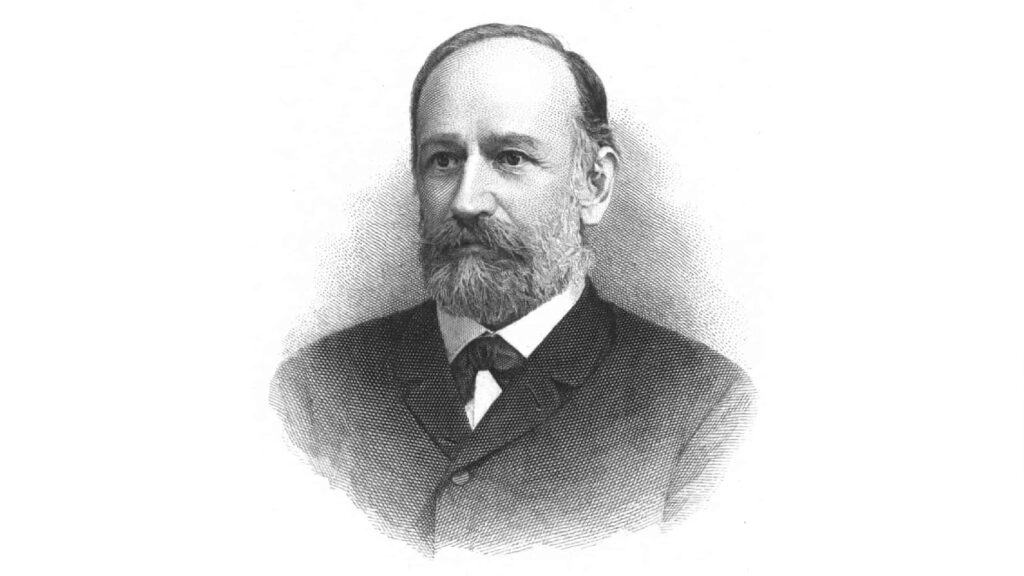
Christian Doppler, known for his 1842 treatise on the frequency changes of light or sound sources in motion, became the first head of Vienna’s physics institute in 1850. However, his tenure was cut short when he passed away at 49 due to a lung disease. Andreas von Ettingshausen, his successor, proposed a deputy director in 1862 due to his age and health issues. In 1863, he recommended the promising Stefan for this position, especially since his then-assistant and son-in-law had died of tuberculosis in 1859. This appointment allowed Stefan to gradually familiarize himself with the director’s responsibilities. From 1866 until his death, Stefan served as the director, researcher, and teacher at the physics institute of the University of Vienna.
Stefan’s research interests spanned numerous areas of physics. One of his most significant achievements was the first precise measurement of the thermal conductivity of gases, a topic of debate among physicists at the time regarding whether gases could conduct heat. In 1872, using a device he created called a diathermometer, Stefan became the first to measure the thermal conductivity of air and several other gases, contributing a pivotal finding to the field of physics.
In 1864, John Tyndall published his measurements of the infrared radiation from a platinum filament. Building on these measurements, Josef Stefan in 1879 derived the law of blackbody radiation, which states that the emitted energy of a blackbody is proportional to the fourth power of its absolute temperature. He published his discovery in a detailed article titled “On the Relationship between Thermal Radiation and Temperature.” This law allowed Stefan, among other things, to calculate the temperature of the Sun’s surface. Five years later, Ludwig Boltzmann theoretically derived the same relationship, leading to the naming of the Stefan-Boltzmann Law, with the constant in the equation known as the Stefan-Boltzmann constant. This law is the only physical law named after a Slovenian scientist.
It was later revealed that the measurements Stefan used to derive the law were partly misinterpreted. However, a fortunate coincidence of errors led to an accurate result. Stefan’s law of radiation was meticulously analyzed from various perspectives, and his extensive experience, knowledge, and intuition were crucial in deriving the law from the given data. Among other things, his measurements of thermal conductivity and studies in kinetic theory helped him understand the importance of using absolute temperature units, rather than arbitrary scale-based units, for measuring heat transfer due to radiation. Stefan’s work in this area remains a testament to his scientific acumen and ingenuity.
Impact on the development of electrotechnology in the 19th century
Stefan’s work in the realm of electrotechnics, though less known compared to his heat research, played a significant role in the second half of the 19th century—a period of growing global scientific and technical interest in electrotechnology, increasingly integrating into everyday life. A great admirer of Maxwell’s equations, Stefan was pivotal in their acceptance across continental Europe. He was among the first to fully comprehend Maxwell’s theory of the electromagnetic field, delving into alternating current problems and the inductive coefficient of coils since the 1860s.
Recognized as an excellent electro-engineer, Stefan was appointed the president of the technical-scientific committee for the International Electrotechnical Exhibition in Vienna in 1883. This event also saw the founding of the Electrotechnical Society in Vienna, later renamed the Austrian Society for Electrotechnics, with Stefan elected as its first president.
Upon the establishment of this electrotechnical association, it was noted that the society aimed to “bring clarity to the chaotic confusion of things and ideas: to provide technicians with new figures and data, laypeople with instructions and understanding, and to extend received impressions and suggestions beyond local and temporal boundaries.” Stefan’s involvement in this area underscored his versatility and influence in the broader scientific and technological landscape of his time.
Josef Stefan took the goals of the electrotechnical association very seriously. Under his leadership, an electrotechnical journal was established, initially published twice a week. It aimed to inform scientists and electro-engineers about professional practices and current developments, and also served as a platform for publishing new scientific discoveries. Additionally, Stefan supported efforts to develop guidelines for the safe use of electrical energy, aligning with one of the association’s foundational objectives. Thus, 1883 marks the beginning of electrotechnical standardization in the Austrian Empire.
The newspaper “Slovenec” summarized the impressions of the exhibition: “The electrical exhibition opened a world of wonders to the astonished public, things even the most learned minds had not imagined! The long-held hopes of physicists and mechanics were fulfilled to a greater extent than they had anticipated. The secret and powerful forces of electricity, harnessed and chained, were put at the disposal of factories, transportation, lighting, and medicine by human hands. … A tale speaks of Prometheus, who stole fire from the sun and brought it to Earth. Franklin tamed the fearsome celestial power of the lightning bolt, directing its path with a lightning rod. Our technicians have now shackled this celestial force into machines, compelling it to serve humankind in place of horses by pulling carts, in place of oil or gas by illuminating the dark night, and in place of insignificant ointments by healing wounds. Where else in the world is there something capable of such diverse tasks and, on top of that, able to speak and write letters from place to place?”
Scientist, family man, and national figure
In 1891, at the age of 56, Josef Stefan ended his long-standing bachelorhood by marrying Maria Neumann, a widow of a Carinthian state railway inspector. The marriage brought renewed joy into Stefan’s life. Unfortunately, the happiness of his newfound family life, enriched by visits from his wife’s grandchildren, was short-lived.
Approximately a year after his marriage, on December 18, 1892, Stefan suffered a stroke that he never recovered from. The tragic event occurred while visiting his best friend in Vienna. As he was leaving to return home, his left leg failed to cooperate, refusing to lift. Initially, he joked about his unresponsive leg, but then collapsed to the ground.
Over the following weeks, the paralysis from the stroke progressed. On January 7, 1893, less than 60 years old, Stefan passed away. His funeral at the Vienna Central Cemetery was attended by many, as he was a leading scientist of the state, known not only to his academic peers but to a broader public.
At a joint memorial session of several scientific societies, physicist Albert von Obermayer bid farewell to his teacher, mentor, and colleague with these words: “Thus has forever departed not just one of the most distinguished minds but also a rare, noble human being. Bent with sorrow, we mourn alongside his closest kin – all of us who, as his students, were guided by him into the world of science, stood by his enlightened advice, and will always remember him as a truly dedicated teacher, ever ready to make sacrifices for his homeland… His memory will continue to live in the hearts of his students, in university annals, and in the history of science.”
In Slovenia, the reactions to the sudden death of this great scientist were not as emotional as in Vienna. An anonymous writer in the newspaper “Slovenski narod” summarized Stefan’s work and influence: “In his youth, the deceased Dr. Stefan was a passionate patriot, but as he delved into his scientific research and became immersed in foreign, German circumstances, he gradually transformed into a cosmopolitan scholar, particularly as he was not familiar with, nor understood, our national aspirations. As a physicist, he was known worldwide and earned invaluable merits for the development of this science. May the foreign soil rest lightly upon him!”
References
- Crepeau, John. 2007. „Josef Stefan: His Life and Legacy in the Thermal Sciences“. Experimental Thermal and Fluid Science 31 (7): 795–803.
- Čermelj, Lavo. 1950. Josip Stefan: življenje in delo velikega fizika. V Ljubljani: Slovenski knjižni zavod.
- Sitar, Sandi. 1993. Jožef Stefan: pesnik in fizik : ob stoletnici smrti. Ljubljana: Park.
- Westritschnig, Karl. 2012. Josef Stefan – Eine biografische Spurensuche zum 120. Todestag: Zur Erinnerung an den Physiker und Menschen aus Kärnten. Norderstedt: GRIN Verlag.
The illustrations were created using DALL-E, an AI art generator developed by OpenAI.

